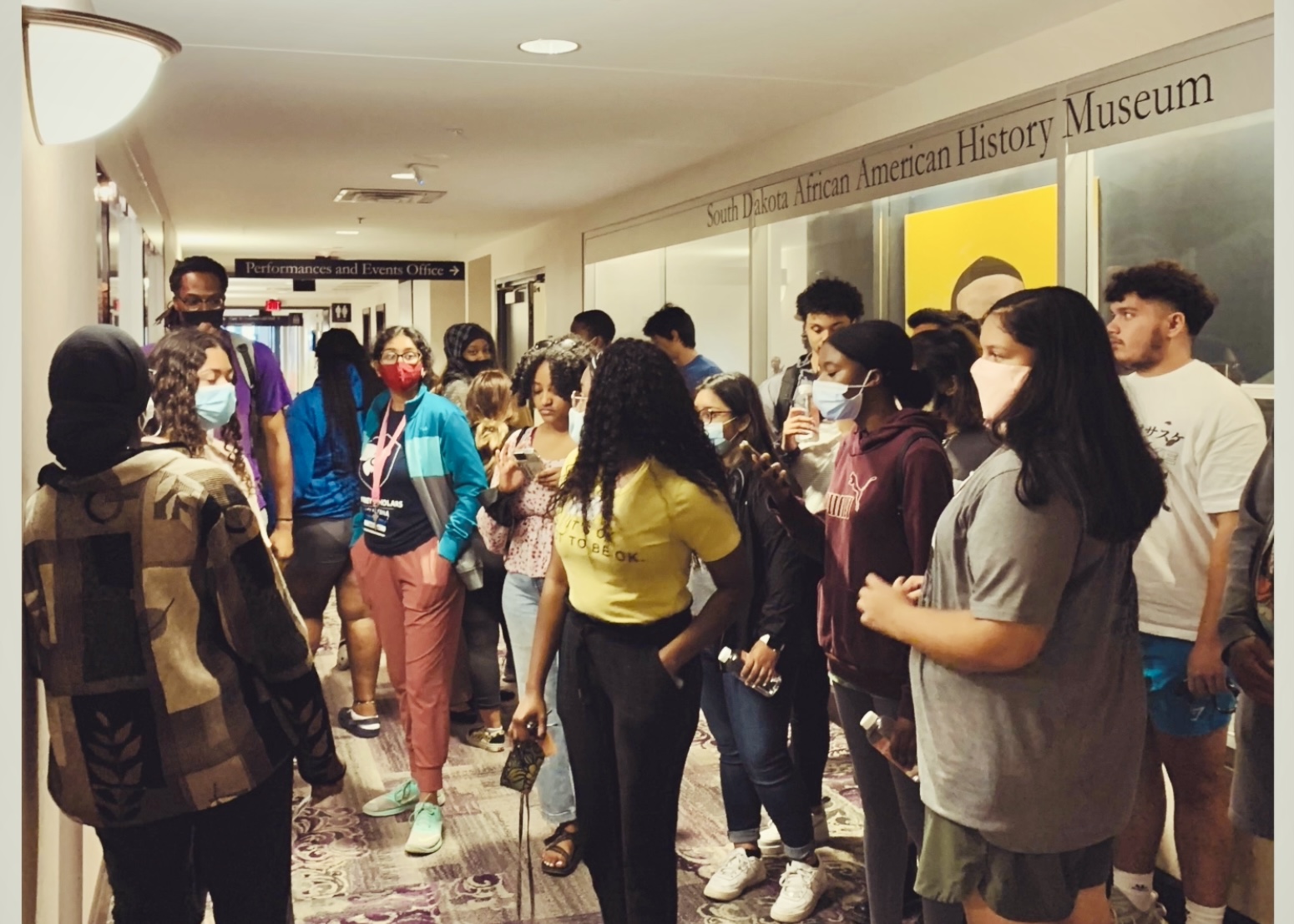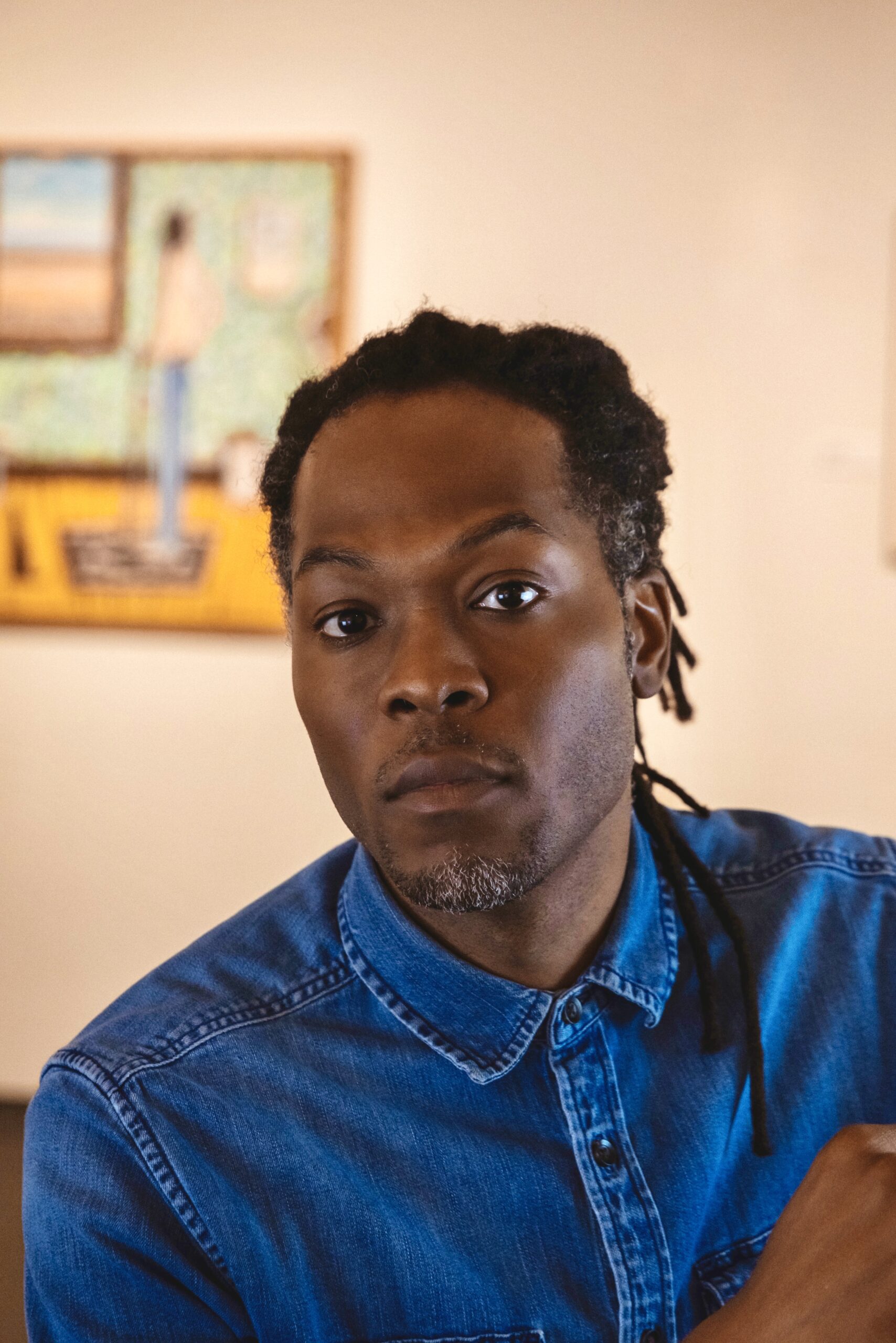Zach Van Harris Jr. is a fountain of names. They come running out of him in a steady current.
There’s Oscar Micheaux, the versatile, resilient filmmaker whose early 20th century films countered prevailing narratives about Black life. There’s York, an enslaved man who joined Lewis and Clark on their expedition and helped build relationships with Tribal Nations. There’s Lucretia Marchbanks, a widely beloved and revered business owner who was one of the first African American women to come to South Dakota.
There’s Dr. Richard Lamb, Cleveland Leigh Abbott, and Alfred White Sr., whose archive of 8 millimeter photographs is the only known documentation of 1940s Sioux Falls through the eyes of an African American man. The list goes on.
“These are stories we’re going to leave out of South Dakota history? Not on my watch,” Van Harris said.
Harris is the chief researcher and curator at the South Dakota African American History Museum, located on the first floor of the Washington Pavilion in downtown Sioux Falls.
After growing up in southwestern Michigan and living all over the world — from Canada to Thailand to Ohio — Van Harris found himself moving to Sioux Falls in 2011. He was finishing credits for his college degree in sociology, anthropology, and archeology, when he discovered something on a trip to the state heritage center.
Zach Van Harris Jr.“These are stories we’re going to leave out of South Dakota history? Not on my watch.”

“They have exhibits and displays [about] the presence of the KKK in the state, but they don’t have an exhibit about African Americans in South Dakota,” Van Harris said. “I go on their website, and it reads, ‘The future belongs to the storyteller.’ It dawned on me that our stories — the stories of African Americans and South Dakota — are not being told. So we’re not a part of the future. I took that personally.”
Van Harris first became involved in the museum as a student researcher. It was originally established in 1999 as a grass roots organization operating out of a bus by Porter Williams, a locally famed sculptor and activist, after he learned of York’s story and was motivated to help bring light to more stories of African Americans in South Dakota.

Van Harris is now a finalist to become the museum’s executive director. He is blunt about the limited resources it has right now. The display is easily missed in the hallways of the large Pavilion and its glass enclosure is “keeping our community away from being able to touch, feel, and see close up our artifacts, our history. It’s like we’re a zoo,” Van Harris said. “That’s our visibility right now. I would love for us to be more immersive. That’s why we’re getting creative.”
Van Harris obtained a grant from the city of Sioux Falls to create an African American History walking tour of the city, alongside Dr. Will Wright of Augustana University and several paid student interns. They’ll be presenting their work to the city in May, and recommending specific sites to be nominated for the National Register of Historic Places.
“If we get the next generation interested, that’s where the legacy continues on,” Van Harris said.
